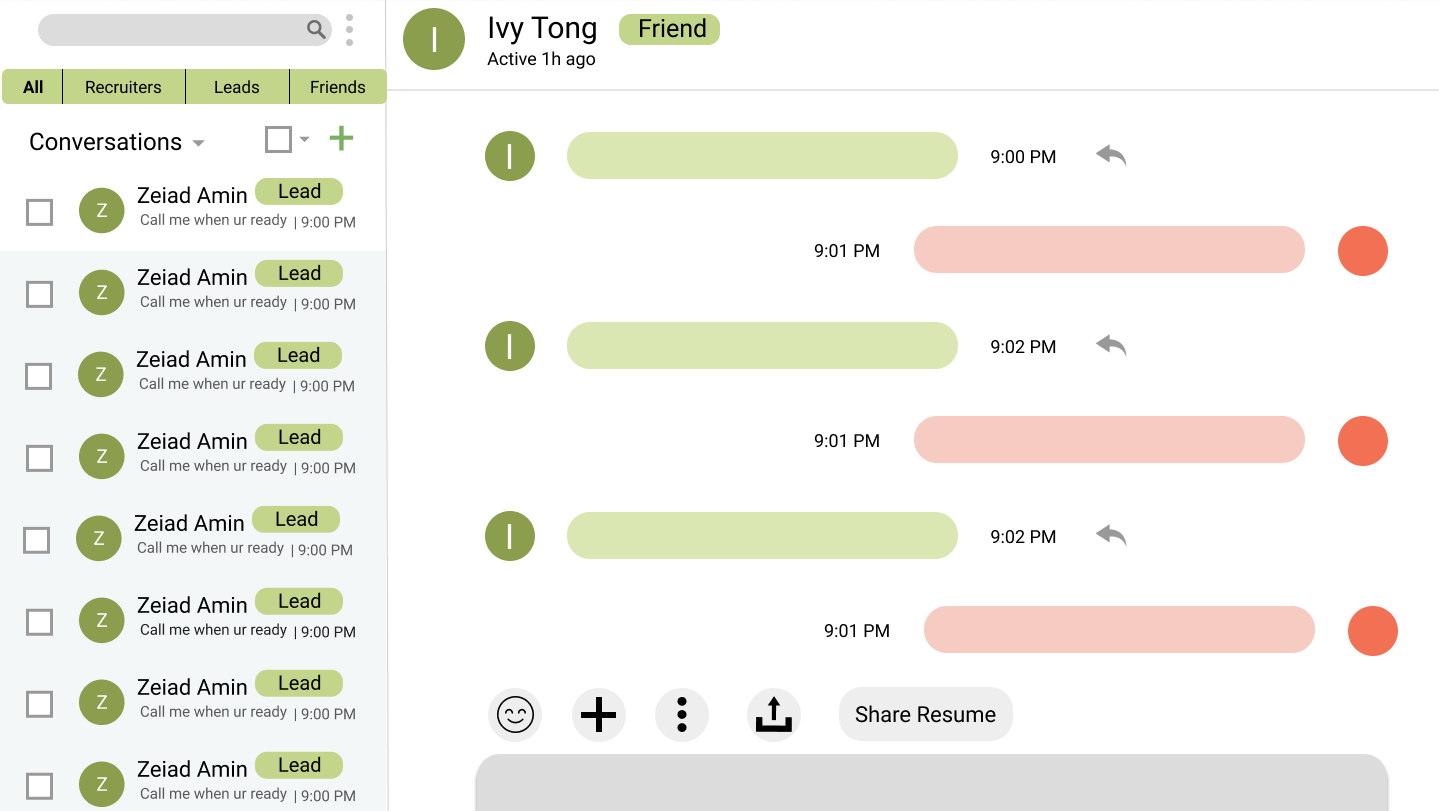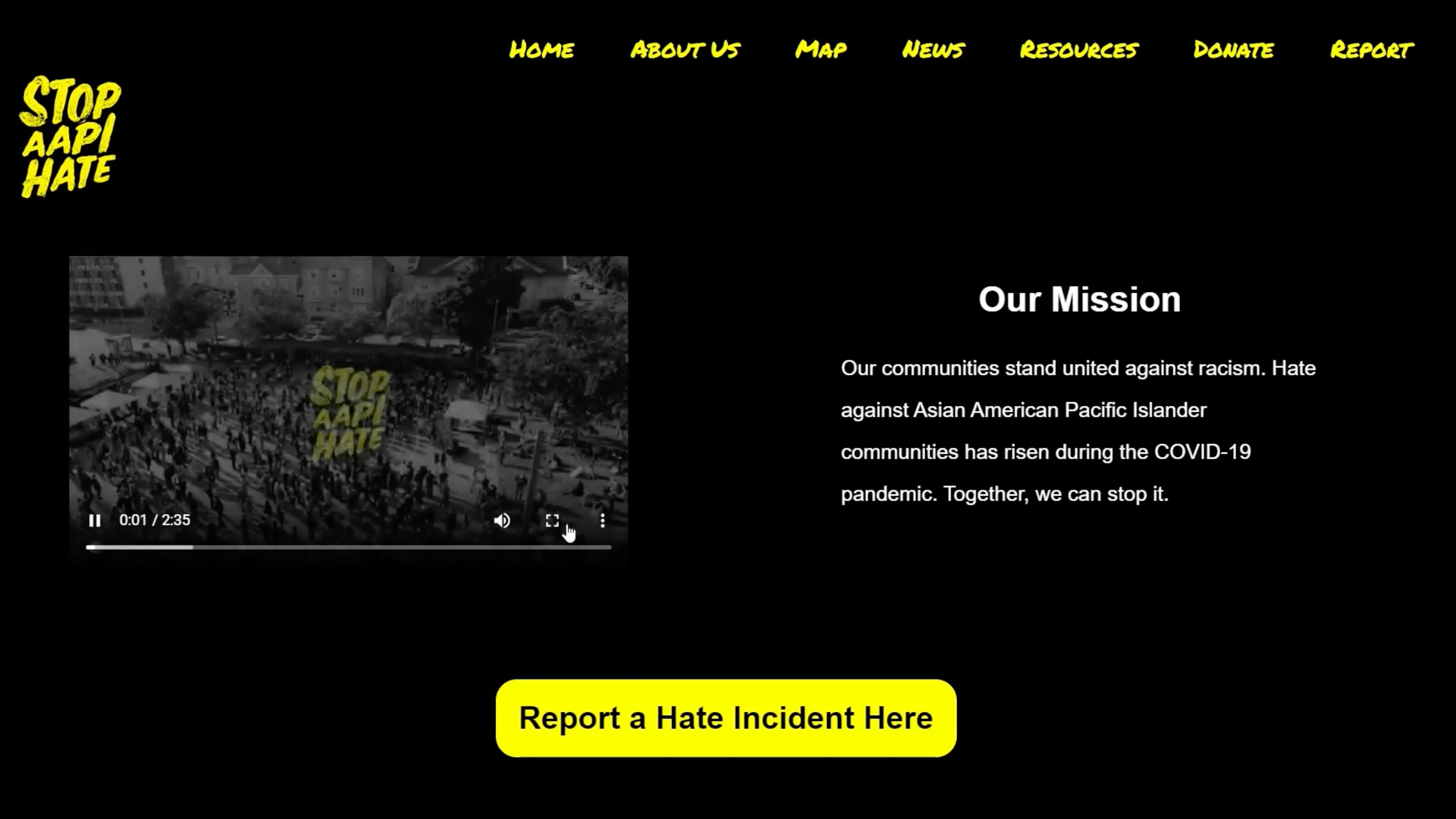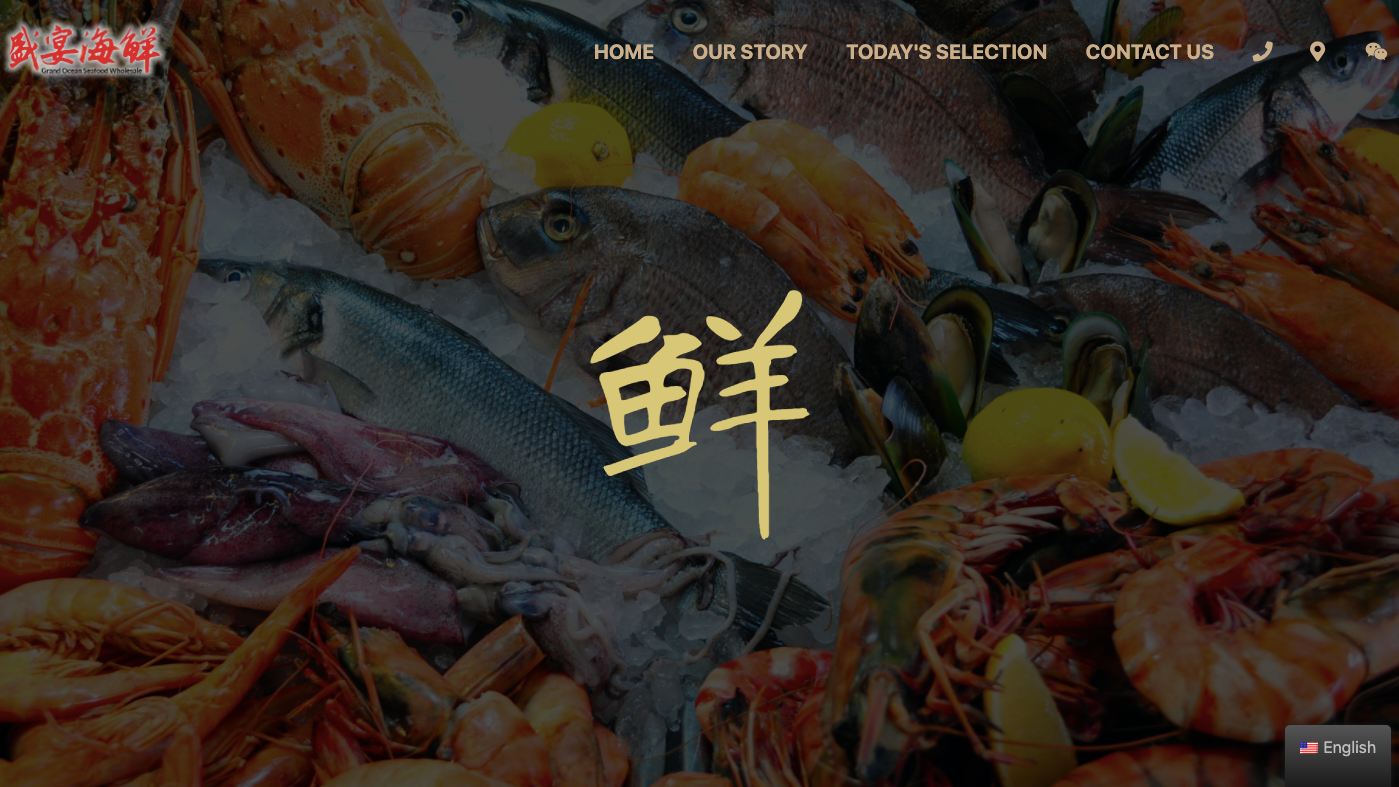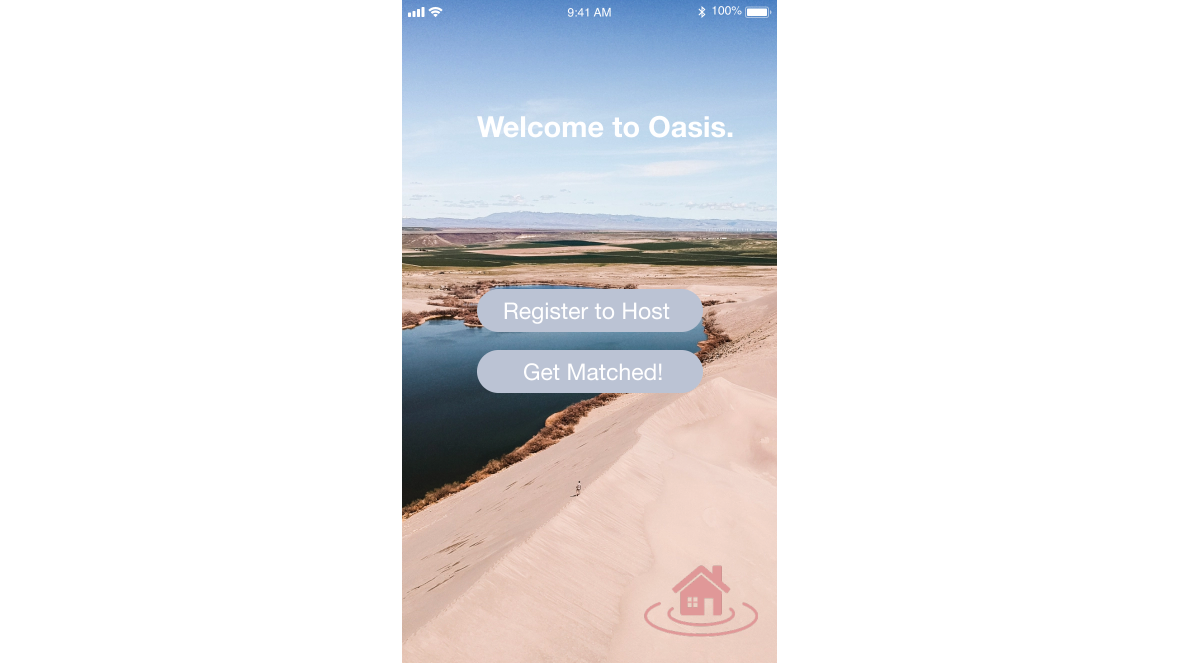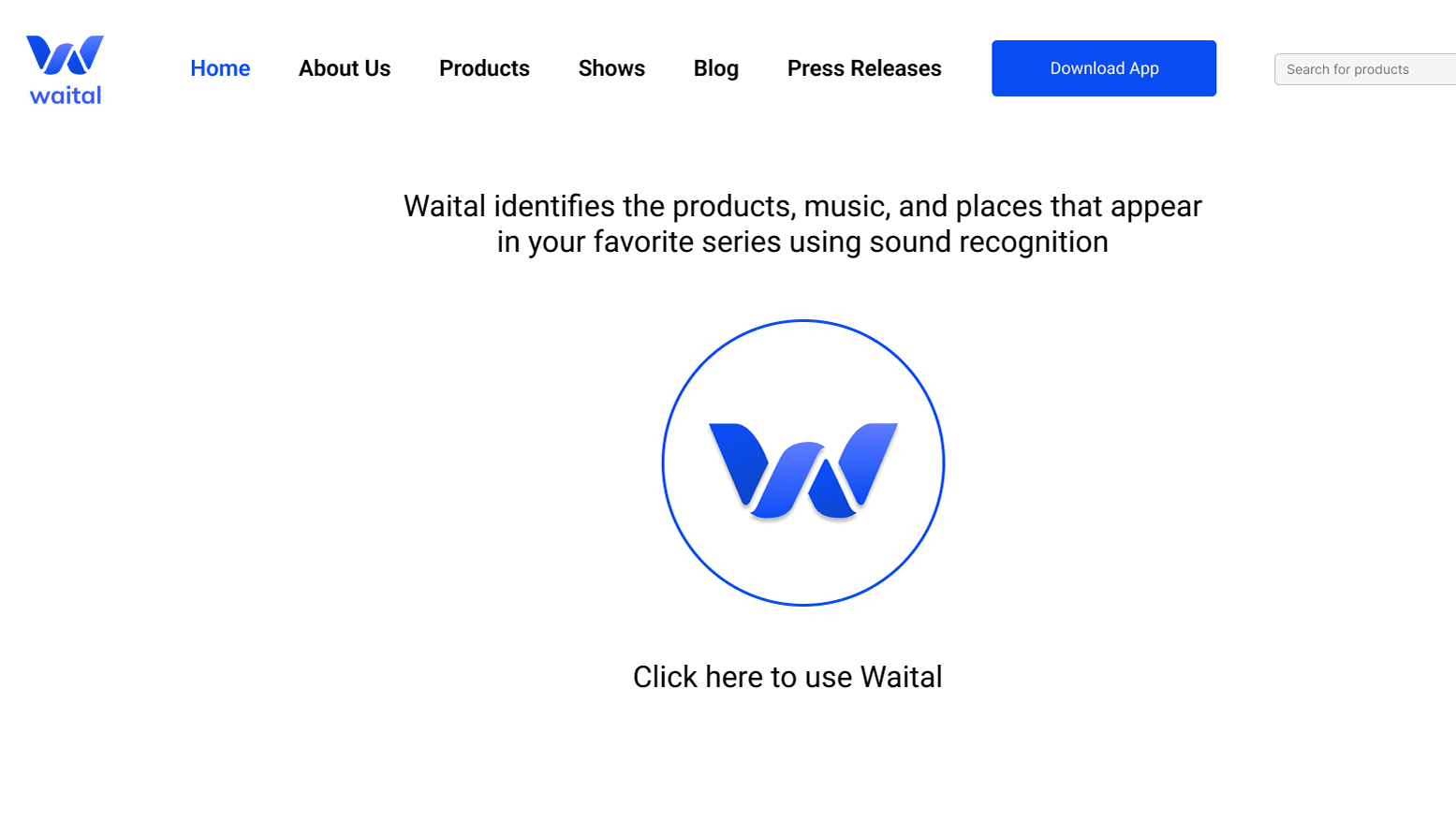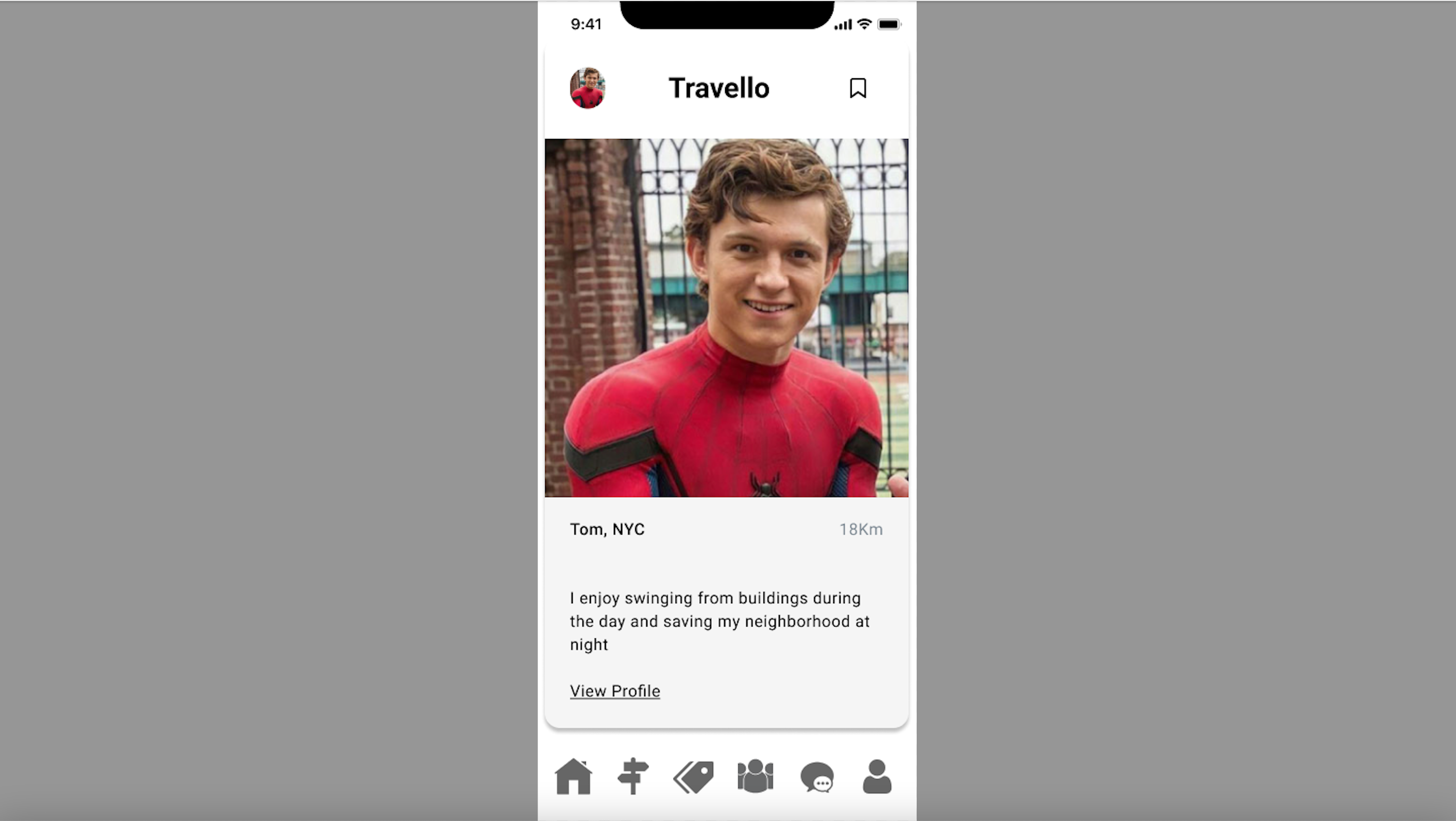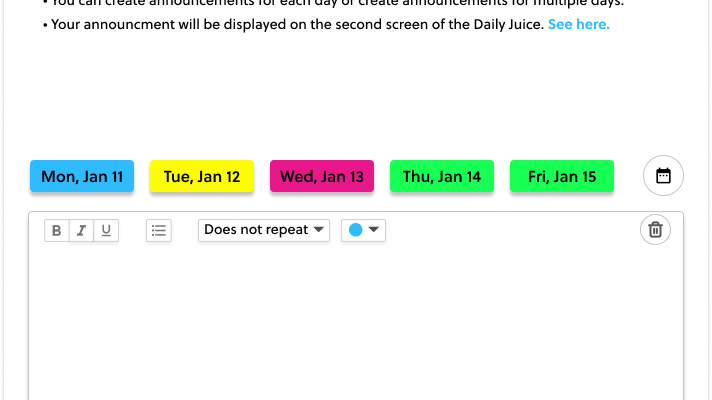App Screens
My Role
Timeline
User Research
Low-Fidelity Prototype
March - April 2022 (6 weeks)
Tools
Team Size
Figma
Google Workspace
2
The Problem
Barcelona locals and foreigners alike do not enjoy waiting on long lines to enter clubs in Barcelona.
The long lines deter them from going out and detract from their overall clubbing experience. Our goal was to design an app that allows customers at night clubs to wait in a digital queue instead of a physical queue, saving them time and energy, and giving them the option to engage in other activities in the meanwhile. It also gives them an approximation of what time they will be let in, allowing them to make an informed decision about whether they want to wait or go elsewhere.
Interviews
We met 20 individuals ranging from ages 18-22. They were a mix of international and local students who have clubbing experience.
Insights from Interviews
• We were surprised to notice all the interviewees experienced a common pain point: waiting in lines at clubs. However, when asked how long they would want to wait in lines for the club, most people said 5- 10 minutes instead of 0. This is in part because some people use the length of the lines for clubs to judge how crowded or fun the club will be.
• We wonder if it means people still want the existence of lines at a club for various reasons including the building of anticipation on lines, using lines to judge if they want to enter a club, and meeting new people on lines.
• It would be game changing to create a system where lines for clubs would still exist but they would be much shorter and only require 5-10 minutes of waiting.
Low-Fidelity Prototypes
Registration Pages
Events Feed
Joining the Queue
Lessons
1. When conducting user research, use language that interviewees are familiar with. Even if you're not fluent in their native tongue, incorporate some words in that language that they know and use body language to communicate.
